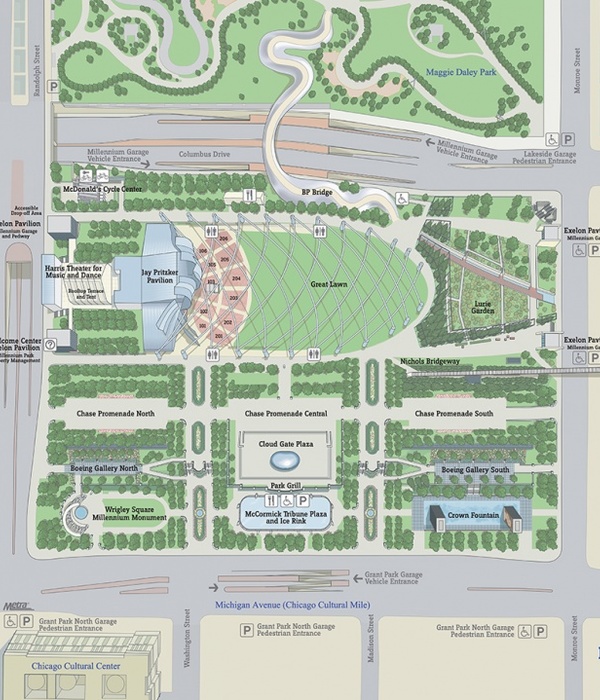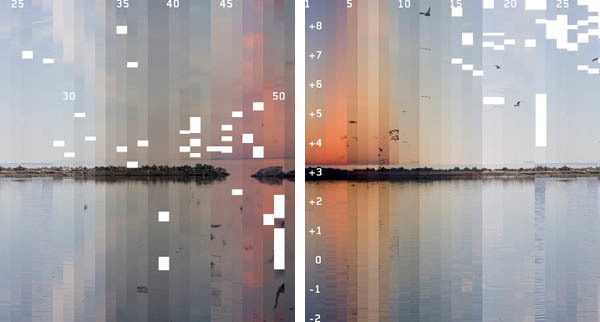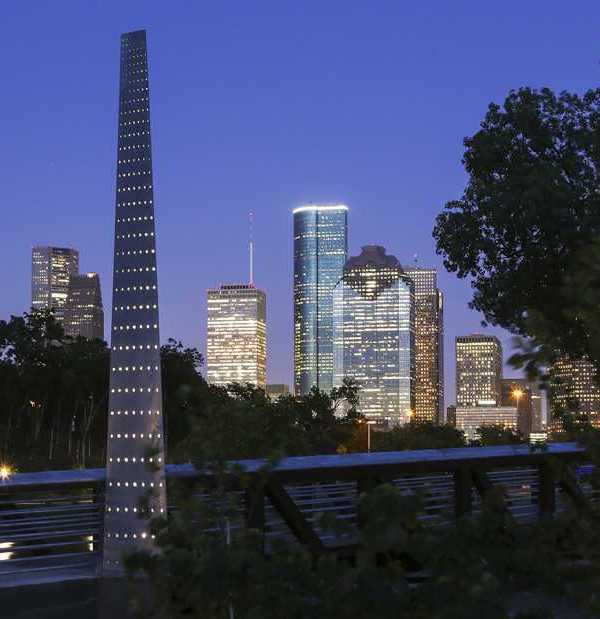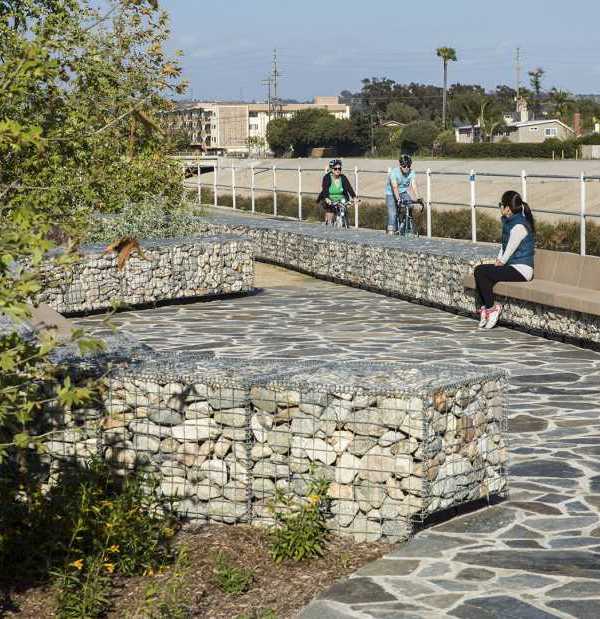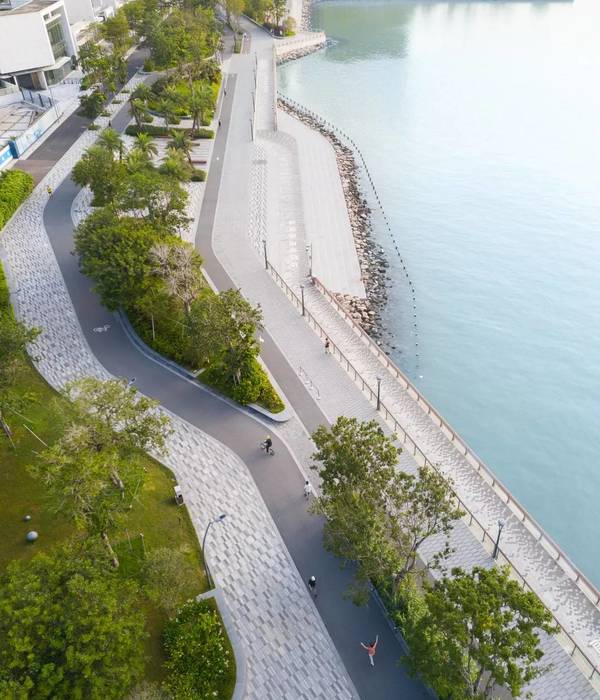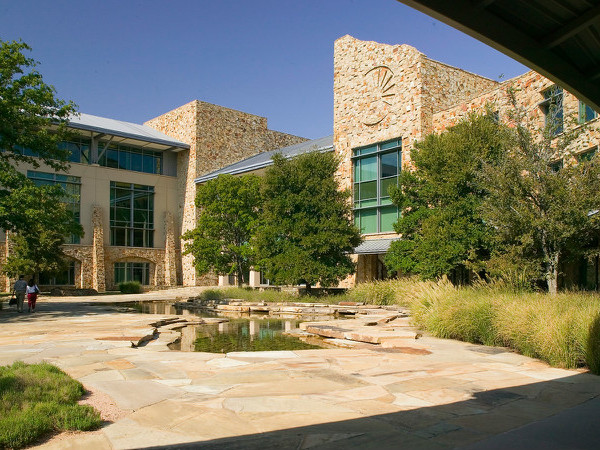Background
In China, it seems that everyone wants to escape from the countryside. Even in Shanghai, where urban-rural differences are so small, peasants in the suburbs still showed no less worships to urban civilization than other cities.
Globalization and rapid urbanization promise better lives, but also, to some extent, widen the gap between rural and urban regions. We may say, rural China is in a terrible predicament of identity anxiety and cultural deficiencies. In this dual situation, how can architects do to “urbanize the countryside” sustainably, raise the status of rural areas, and inspire rural self-confidence?
This unbuilt project starts in 2016 when few Chinese architects put attention on these unprofitable projects. Yushe Design who embraces architectural ideals and social responsibility starts from Sheshan Town, where Shanghai’s only high mountain Sheshan nestled. In this project, we rethought the relationship between Shanghai’s urban area and the suburban countryside, attempted to find a balance between tradition and modernization, and proposed a concept, we call it “Sheshan Innovillage” which combines culture, commercial and residential functions to arouse local economy and retain the rural ecology environment.
Design Concept
The return to pastoral life has long been an ideal of Chinese literary tradition and turned into ‘xiangchou’-a term that refers to nostalgia for rural lands- especially for those whom left home for a living in big cities. In Shanghai, Sheshan is one of the few countryside that can make urban Shanghainese experience rural scenery. The design concept derives from the desire of “retain the idyllic hometown of Shanghai”, not a mimic of ancient buildings but a modern facility with cultural and creative content, which will attract some people from the cities back into the village but also stimulate those ones in Sheshan to set up new businesses that they can live better.
The key to this project and most of rural constructions is to increase the value of land, let’s say the efficiency of how to use the land. The collective commercial construction land outside the urban planning circle in Shanghai is not advantageous because of the location and land price, and is not particularly favored by enterprises and investors. The government is more inclined to effectively solve the demand for industrial development land through land acquisition. Facing the reality that industrial demand is weak, land supply is traditional, and there is no innovative format, the most important thing to achieve rural revitalization is to solve the problem of cultural industry import.
The use of rural culture and art as the main function of space can best match the geographical position of Songjiang relative to the suburbs, and if the advantages of ecological and natural environment can be maximized, it can create an ideal place for “returning to pastoral life”.
Our design based on the texture of the land itself with low-rise yet a high density of individual buildings gathered just like the layout of traditional villages. In order to impact as minimally as possible on the pristine natural surroundings, we create an open-plan floor so that the commercial zones can be connected to the fields outside where rice, reed and other local plants are grown.
To make the most of natural gifts, the slope roofs are all varied in inclination so that users enjoy full natural light and good pastoral scenery. At any time, you can experience the long grass flying and feel the flowing air, water and sunshine.
On the upper floor, each building is independent but interacts with each other through some semi-open courtyards.
Undoubtedly, this is a rural form that is expected by metropolitans. In the context of Shanghai's “beautiful villages” and “village rejuvenation”, Songjiang, as one of the main positions for the revitalization of the rural areas in Shanghai, has been formulated in various aspects such as strengthening capital investment, housing system reform, and rural human settlements. With nearly 40 supporting policies and measures, we have reason to expect this new model to attract interesting people to gather, nourish the rural ecology and develop healthily.
{{item.text_origin}}




